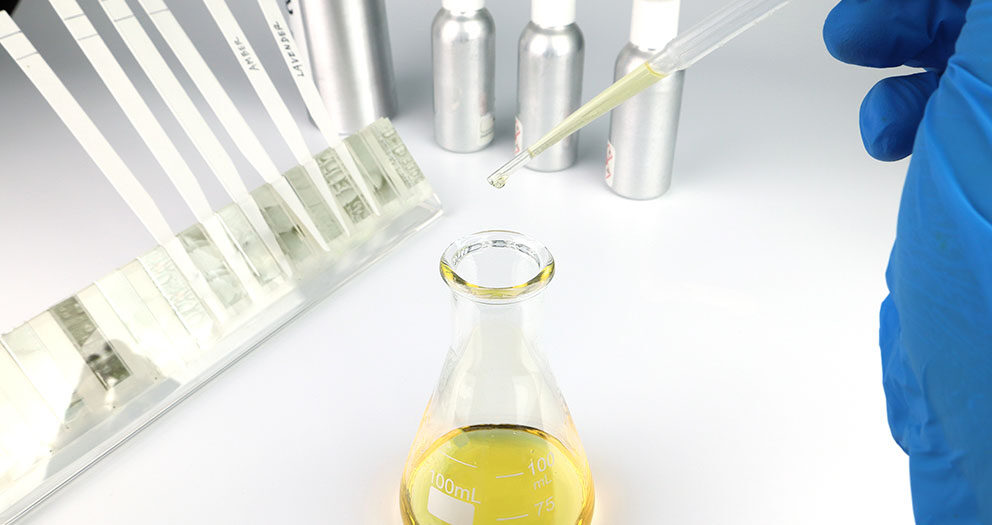A Unique Formula Identifier (UFI) code is a standardized identifier that is used to track the distribution and use of chemical substances in the European Union (EU). The UFI code is an important tool in the regulation of chemicals in the EU, helping to ensure that they are used safely and responsibly. The UFI code is used in conjunction with the EU’s REACH (Registration, Evaluation, Authorisation and restriction of Chemicals) regulation, which was established to improve the protection of human health and the environment from the risks posed by chemicals.
What is the Purpose of a UFI Code?
The main purpose of the UFI code is to provide a unique identifier for a specific chemical substance or mixture of substances. The UFI code is assigned to a substance by the European Chemicals Agency (ECHA) and is used to track its distribution and use throughout the EU. The UFI code is particularly important for substances that are classified as hazardous and subject to the REACH regulation, as it helps to ensure that these substances are used safely and responsibly.
The REACH regulation requires that all substances manufactured over one metric ton a year and are classified as hazardous and used within the EU be registered with the ECHA. The UFI code is used to identify these substances and to track their use throughout the EU. This helps to ensure that the risks posed by these substances are effectively managed and that they are used in a safe and responsible manner.
How is a UFI Code Implemented on Product Labels?
If a product contains a substance that is subject to the REACH regulation, it must include the UFI code on its label. The UFI should be placed on the label in a manner that is easily visible and legible, so that it can be easily read by consumers and other interested parties.
The UFI code should be displayed in a standard format that includes the code itself, as well as the name of the substance (optional) and the ECHA logo (optional). The specific format for the UFI and its placement on the label may vary depending on the type of product and the size of the label, but it should always be displayed in a way that is easily visible and legible.
What Products Need a UFI Code?
The REACH regulation applies to all chemical substances and mixtures that are used in the EU. This includes a wide range of products, from consumer goods such as candles and soaps to industrial products such as adhesives and paints. If a product contains a substance that is subject to the REACH regulation, it must include a UFI on its label.
What about candles and soaps?
The requirement for a UFI code on a product label is determined by the presence of a substance that is subject to the REACH regulation. If a product contains a substance that is classified as hazardous and subject to the REACH regulation, it must include a UFI on its label. This is true regardless of whether the product is a simple consumer good such as a candle or soap, or a more complex industrial product.
For example, if a candle or soap contains a fragrance ingredient that is classified as a substance of very high concern (SVHC) under the REACH regulation, it must include a UFI code on its label. Such substance is mostly always a fragrance oil.
Do I need to generate my own UFI for my product?
You would be required to use your own UFI code and file it to ECHA only if both these criteria are met: a) your are manufacturing over one metric ton per year of a specific product and b) if you are producing a MiM product (mixture in mixture) such as a face cream, or a shampoo or a clothes detergent etc.
If you manufacture simple products such as candles, room sprays, soaps in less than one metric ton a year generating your own UFI code is completely optional as the primary substance (i.e. wax for candles) is not classified as hazardous. The only classified as hazardous substance is the fragrance you will be using in those products – meaning our own fragrance UFI.
CLP info requirements
Your CLP label must contain information about a) the product’s ingredients, b) hazard warnings and c) contact information to the extent of a product’s printing area. Most importantly, on candles and other home fragrances the fragrance UFI code must be clearly visible as well as all hazard identifications (pictograms). Read more info on CLP labeling here.
We hope by now you have a clearer understanding as to what is a UFI code. We will be adding additional information to the best of our knowledge should any questions arise in the comment section below.





Hi, in Belgiul the poison centre sais that in the CLP regulations is written that a candle is a mixture in mixture and we need an own UFI code, because we make a new mixture wirh you´re fragrance. Can you mail me any kind of European regulations please where I can read if that´s true or not. Thank you. I want to start with candles and found you´re website for the fragrance.